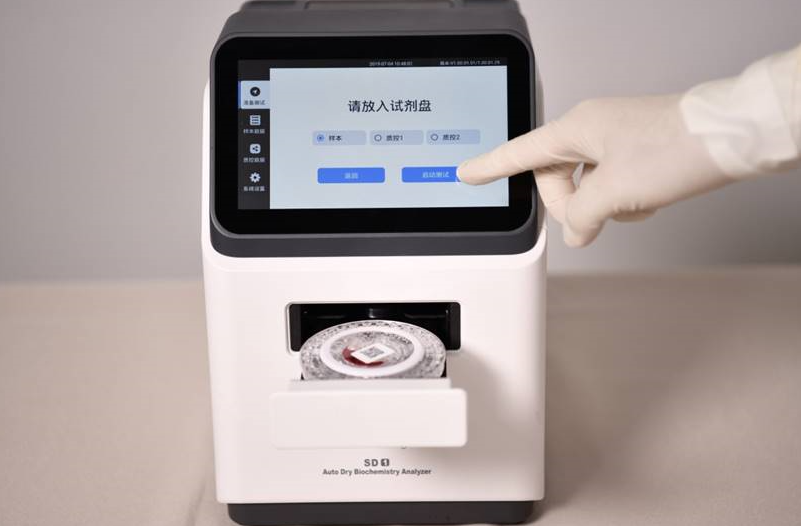release time:2022-07-12 15:43:12
A dry chemistry analyzer is a machine that is used to analyze the chemical composition of a sample. It uses principles of thermodynamics and diffusion to measure concentrations of various molecules in a sample. This article will provide an overview of how dry chemistry analyzers work, as well as some applications for which they are commonly used.
1. What is dry chemistry analyzer?
2. Dry chemistry analyzer principle
3. Who are the typical users of the dry chemistry analyzers
4. What benefits does the dry chemistry analyzer offer over other laboratory equipment
Another benefit of the dry chemistry analyzer is its high degree of accuracy. This accuracy is due in part to the fact that the dry chemistry analyzer uses multiple methods to analyze samples, which helps to reduce errors. Additionally, the dry chemistry analyzer has been specifically designed to minimize contamination.
5. Where can you find more information about the dry chemistry analyzers
This can be done by visiting market research websites and looking for reports on the dry chemistry analyzers market. You can also find this information in business Journals and other similar publications. Furthermore, you can contact companies that deal with this type of equipment to get more detailed information about the market. Finally, you can attend trade shows and conferences that focus on this particular industry to learn more about the dry chemistry analyzer.
6. Disadvantages of dry chemistry analyzer
One of the most significant risks is the possibility of inaccurate results due to operator error. Improper technique can lead to contamination of the samples, which can in turn invalidate the test results. Additionally, dry chemistry analyzers require regular maintenance and calibration in order to function properly. If not properly maintained, these instruments may provide inaccurate or even dangerous results. As such, it is important for clinical laboratories to carefully consider the risks and benefits of dry chemistry analyzers before making a purchase.
Conclusion

2022-06-08
Biochemical test six items include①Alanine aminotransferase.②Creatinine.③Urea nitrogen.④Serum glucose.⑤Triglycerides.⑥Total cholesterol.

2022-05-07
There are various ways to classify biochemistry instruments according to different classification methods. However, according to the current market situation, biochemistry instruments can be simply divided into fully automated biochemistry analyzers and dry biochemistry analyzers (many small POCT biochemistry instruments also basically achieve fully automated operation).

2021-08-04
Although nconventional animals have suddenly broken the traditional pattern of the pet market framed by cats and dogs, the services and help provided by pet hospitals for unconventional animals have not yet kept up with ....